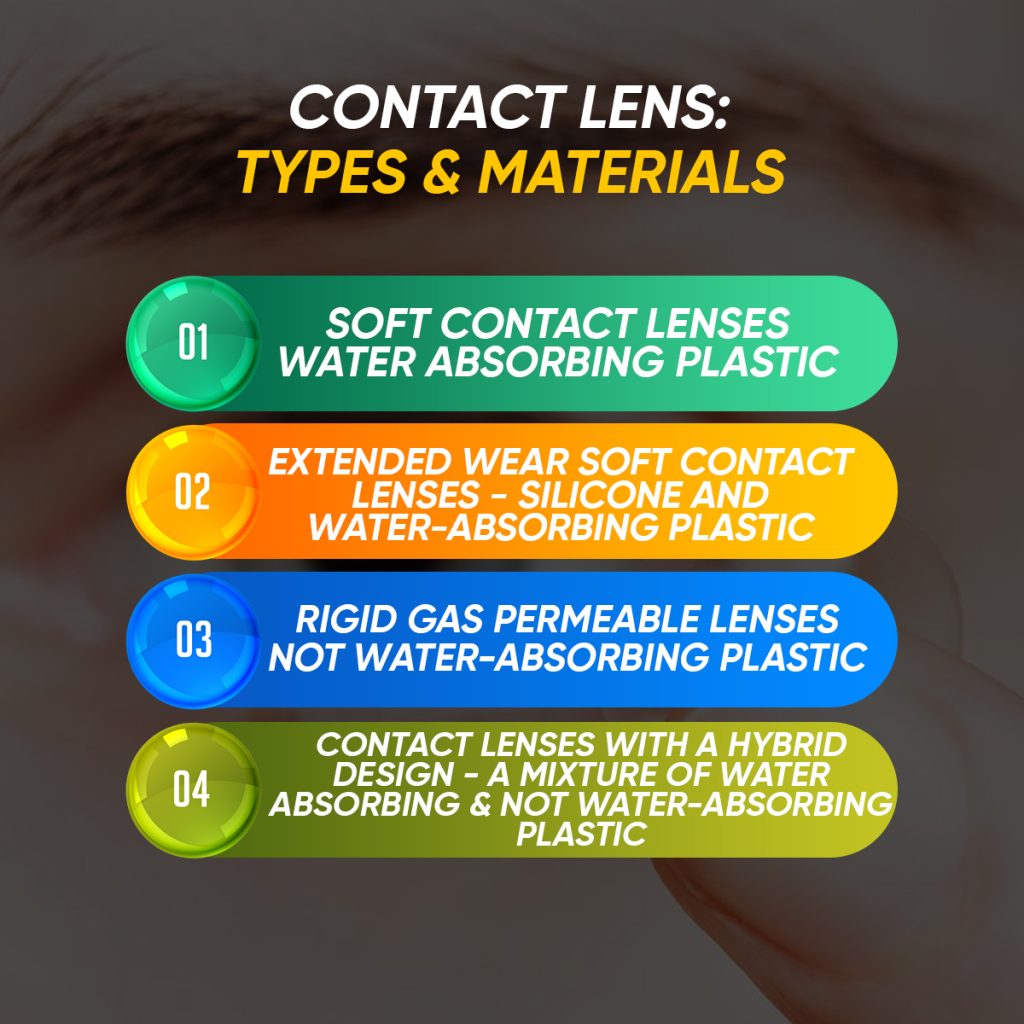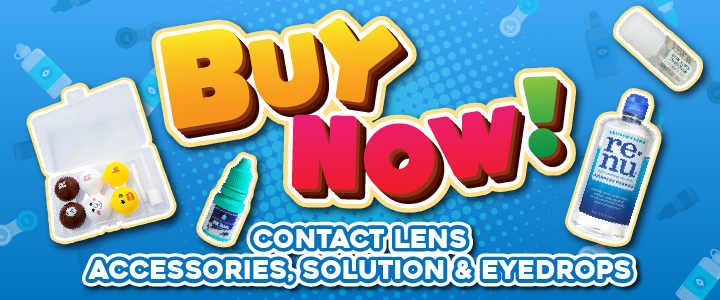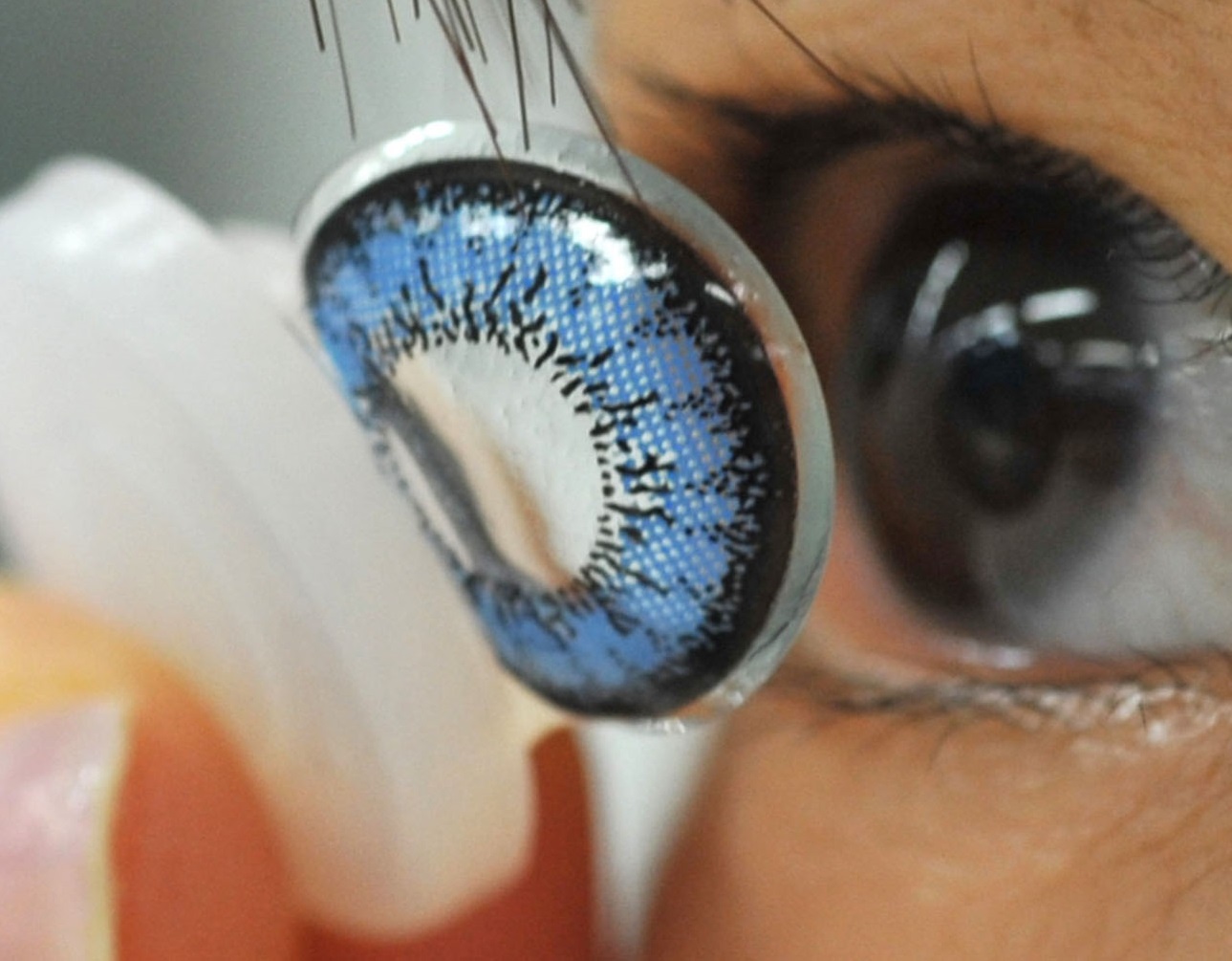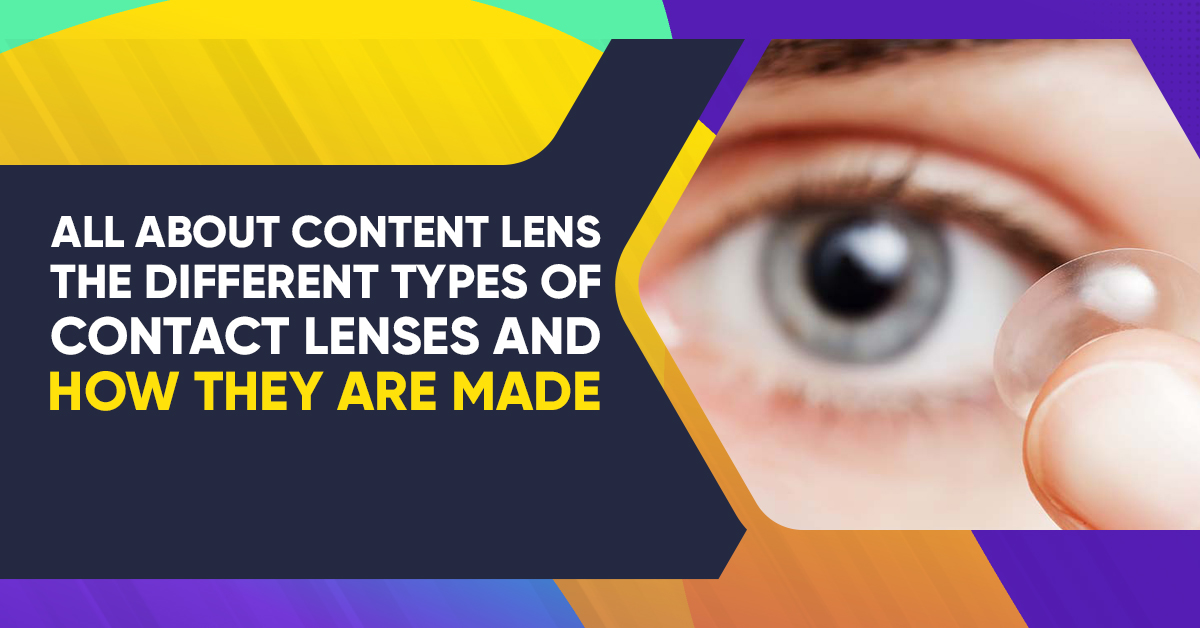Contact lenses are now more comfortable & convenient than ever. Do you know about the basic types of contact lenses? What is contact lenses made of? Fortunately, you’ve come to the right place to discover more about this topic.
Contact lenses– sound familiar to you? If you have an eyesight problem, then you might hear about it. Most people wear contacts instead of glasses. It is more stylish than regular glasses.
One might question, “How can we make a tiny lens that fits your eye and gives you 20/20 vision?”
We will identify this issue in this blog? Let’s continue!
Table of contents
Estimated reading time: 5 minutes
The Short History of Contact Lenses
- The first contact lens elements were out of plastic.
- Polymers such as hydrogel and silicone hydrogel are today’s soft contact lenses.
- Contacts comprise of PMMA or Plexiglas are hard contacts.
- Hard contact lenses are custom-made & soft contact lenses are mass-produced.
Contact Lens: Types & Materials
These are the basic types of contact lenses:

- Soft Contact Lenses
- Soft Contact Lenses for Extended Wear
- Rigid Gas Permeable Lenses
- Hybrid Contact Lenses
Let’s discover more about these lenses & their materials:
Soft Contact Lenses
Unlike the plastic found in waste bags and paper plates, they are not the same material. Soft lenses are like hydrophilic plastics, which remain flexible after absorbing water.
You’ve probably observed how this material functions for someone who wears soft contacts. If your lenses allow to dry out, they may become brittle and even crack.
Plastic remains flexible and soft as long as it is kept moist, whether within your eye or casing.
Your lenses will become unpleasant if your eyes are dry, as they are dependent on moisture to stay in position and are malleable.
Depending on how much water they contain, it can be divided into three categories. They classify as either high or low water, depending on their level.
Examples
Extended Wear Soft Contact Lenses
Silicone hydrogel is the main component of this type. It combines silicone and water-absorbing plastic.
In this way, contact lens wearers’ eyes stay healthy for the duration of their time with the lenses.
This kind of substance employs in extended-wear contact lenses. Cause it has some additional advantage of increasing the moisture and oxygen that reaches the eye.
Those wearing contacts for long periods require a lens that enables their eyes to breathe.
For this reason, silicone incorporates into the lens design. It helps to maintain the healthiest possible condition of the contacts.
Examples
Rigid Gas Permeable Lenses
These rigid gas permeable glasses are composed of plastic, as well. Unlike the plastic used to form a soft contact lens, the hard gas permeable lens does not absorb water.
RGP lenses define as oxygen permeability, not water content. RGP lenses employ acrylate, silicone, and fluorine.
In the past, RGP lenses were considered “hard” since they were usually made of acrylate. Lack of oxygen makes these lenses unusable.
Lens makers have added silicone to increase oxygen permeability and fluorine to keep lenses moist and retain their shape.
They are being used to treat keratoconus because they keep their form (when the cornea is distorted).
Wearing a more stable contact lens can improve visual acuity for certain contact lens wearers. This is especially for those who desire a more immersive visual experience.
Contact Lenses with a Hybrid Design
It is possible to find RGP and soft contact lens hybrids, although they are not as common.
In the heart of the lens is an acrylate-silicone-fluorine combination that helps sharpen central vision. Around the borders is a soft contact lens water-absorbing hydrogel that helps make them more comfortable to use.
Multi-focal or progressive contact lenses (bifocal or progressive lenses) and irregular astigmatism are using in hybrid lenses.
Examples
What’s the Best Way to take Care of your Contact Lenses?
It is crucial to use contacts properly. A doctor of ophthalmology will select a contact lens care system suitable for your lens. And also, he/she will recommend material choices and teach you how to wear them.
Multipurpose solutions and hydrogen peroxide solutions are the two most common forms of contact lens cleaning solutions. Solutions for cleaning gas permeable (GP) lenses may be multipurpose, two steps (cleaning and soaking), or even hydrogen peroxide solution.
Each product comes with its own unique set of guidelines for use, which vary according to the manufacturer. Consult your lens care systems or an optometrist for the most effective usage methods.
This can impact the disinfection process as well as lens materials and solutions.
Newer contact lens materials have distinct chemical compositions. Therefore generic (or store brand) contact lens solutions may not be compatible with newer lens materials.
It’s best to consult with an eye care professional before making major changes to your contact lens maintenance regimen.
Bottom Line
It is vital to identify a contact lens material that is both comfortable and effective. This is especially true for those with sensitive eyes, allergies, dry eyes, or other problems that might influence wear when it comes to contact lens usage.
Discomfort is the most common reason for contact lens failure (when patients quit wearing contacts). There are several alternatives for contact lens wearers to consider. Certain lenses may function better for you than others.
Buy Contact Lenses
Reduce the risk of progression in people with moderate to advanced age-related Macular Degeneration (AMD).

Read More:


